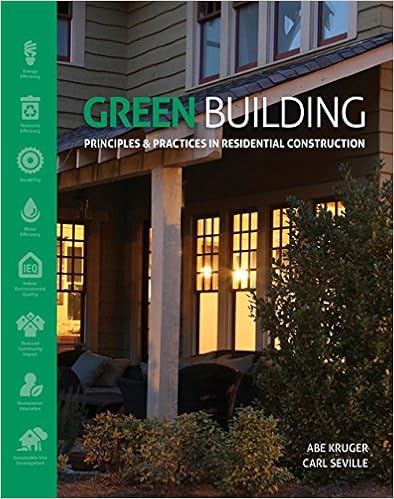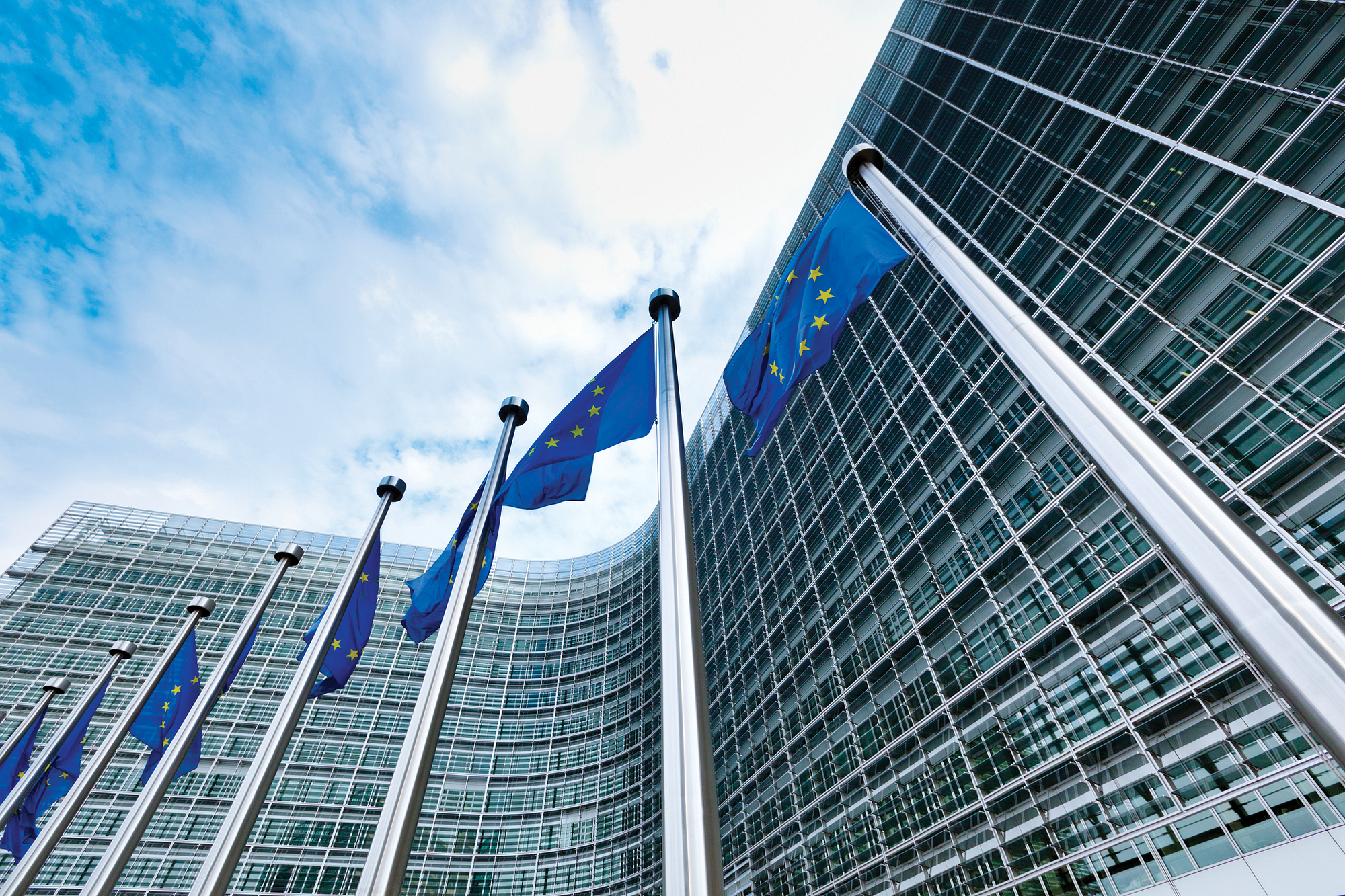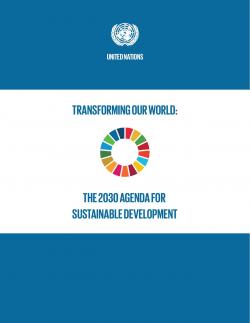LITERATURA:
- Sam Kubba – Handbook of Green Building Design and Construction 1st Edition, LEED, BREEAM and Green Globes, Butterworth-Heinemann, 2012
Packed with conceptual sketches and photos, real world case studies and green construction details, Handbook of Green Building Design and Construction provides a wealth of practical guidelines and essential insights that will facilitate the design of green buildings. Written in an easy to understand style, the Handbook draws on over 35 years of personal experience across the world, offering vital information and penetrating insights into two major building rating systems such as LEED and BREEAM both used extensively in the United States, Europe, Asia and the Middle East. – Develop a project schedule that allows for systems testing and commissioning – Create contract plans and specifications to ensure building performance – A step-by-step approach for integrating technologies into the different stages of design and execution
- Abe Kruger, Carl Seville – Green Building: Principle and practice in residential construction, 1st Edition, Cengage Learning, 2012
 The book provides provides a current, comprehensive guide to this exciting, emerging field. From core concepts to innovative applications of cutting-edge technology and the latest industry trends, this text offers an in-depth introduction to the construction of “green” homes. Unlike many texts that adopt a product-oriented approach, this book emphasizes the crucial planning, processes, and execution methods necessary for effective, environmentally sound construction. This text demonstrates that Earth-friendly products and energy-efficient materials take planning in order to make a building truly green. This visionary text helps students and professionals develop the knowledge and skills to “think green” from start to finish, empowering and inspiring them to build truly sustainable homes.
The book provides provides a current, comprehensive guide to this exciting, emerging field. From core concepts to innovative applications of cutting-edge technology and the latest industry trends, this text offers an in-depth introduction to the construction of “green” homes. Unlike many texts that adopt a product-oriented approach, this book emphasizes the crucial planning, processes, and execution methods necessary for effective, environmentally sound construction. This text demonstrates that Earth-friendly products and energy-efficient materials take planning in order to make a building truly green. This visionary text helps students and professionals develop the knowledge and skills to “think green” from start to finish, empowering and inspiring them to build truly sustainable homes. - Steven Beckers – Building integrated GreenHouses – Bigh Farm (Ferme Abattoir)
 BIGH’s first urban farm is the Ferme Abattoir built on the roof of the Foodmet market hall, designed by ORG architects, on the historical Abattoir site in the heart of Brussels canal priority development area.
BIGH’s first urban farm is the Ferme Abattoir built on the roof of the Foodmet market hall, designed by ORG architects, on the historical Abattoir site in the heart of Brussels canal priority development area. - Diebedo Francis Kere – Gando Primary School
 Kéré designed a building of traditional unbaked mud bricks, an easily available and highly sustainable material in the region, but one that had fallen into disregard. To increase their durability Kéré introduced a human-powered machine to compress the bricks and he designed a large overhanging roof to protect the walls against rain and heat, leaving space between the ceiling and roof to increase air circulation and create a pleasant interior climate. Community members collaborated on the erection of the school, becoming trained in construction in the process. The brick elements were hand assembled on site, and the roof structure was welded without heavy machinery.
Kéré designed a building of traditional unbaked mud bricks, an easily available and highly sustainable material in the region, but one that had fallen into disregard. To increase their durability Kéré introduced a human-powered machine to compress the bricks and he designed a large overhanging roof to protect the walls against rain and heat, leaving space between the ceiling and roof to increase air circulation and create a pleasant interior climate. Community members collaborated on the erection of the school, becoming trained in construction in the process. The brick elements were hand assembled on site, and the roof structure was welded without heavy machinery. - 20 Fenchurch Street, London
 ‘The Walkie Talkie’ was one of the most sustainable buildings of its type in London, and have deployed a number of innovative measures throughout the design, construction and operational phases.
‘The Walkie Talkie’ was one of the most sustainable buildings of its type in London, and have deployed a number of innovative measures throughout the design, construction and operational phases. - Our World in Data
Explore the ongoing history of human civilization at the broadest level, through research and data visualization.
- The EU Resilience Prospectus
 Cities stand at the forefront of the challenges and opportunities of the 21st Century. This is especially true in the European Union and throughout Europe. While worldwide just over 55% of the population lives in cities, in Europe the number is already over 70%, due to reach 80% by 2020. Aging infrastructure, extreme weather, and mass migration disproportionately aect urban centers and will only continue to further impact them.
Cities stand at the forefront of the challenges and opportunities of the 21st Century. This is especially true in the European Union and throughout Europe. While worldwide just over 55% of the population lives in cities, in Europe the number is already over 70%, due to reach 80% by 2020. Aging infrastructure, extreme weather, and mass migration disproportionately aect urban centers and will only continue to further impact them. - United Nations – Transforming our World: The 2030 Agenda for Sustainable Development
 This Agenda is a plan of action for people, planet and prosperity. It also seeks to strengthen universal peace in larger freedom, We recognize that eradicating poverty in all its forms and dimensions, including extreme poverty, is the greatest global challenge and an indispensable requirement for sustainable development.
This Agenda is a plan of action for people, planet and prosperity. It also seeks to strengthen universal peace in larger freedom, We recognize that eradicating poverty in all its forms and dimensions, including extreme poverty, is the greatest global challenge and an indispensable requirement for sustainable development.
